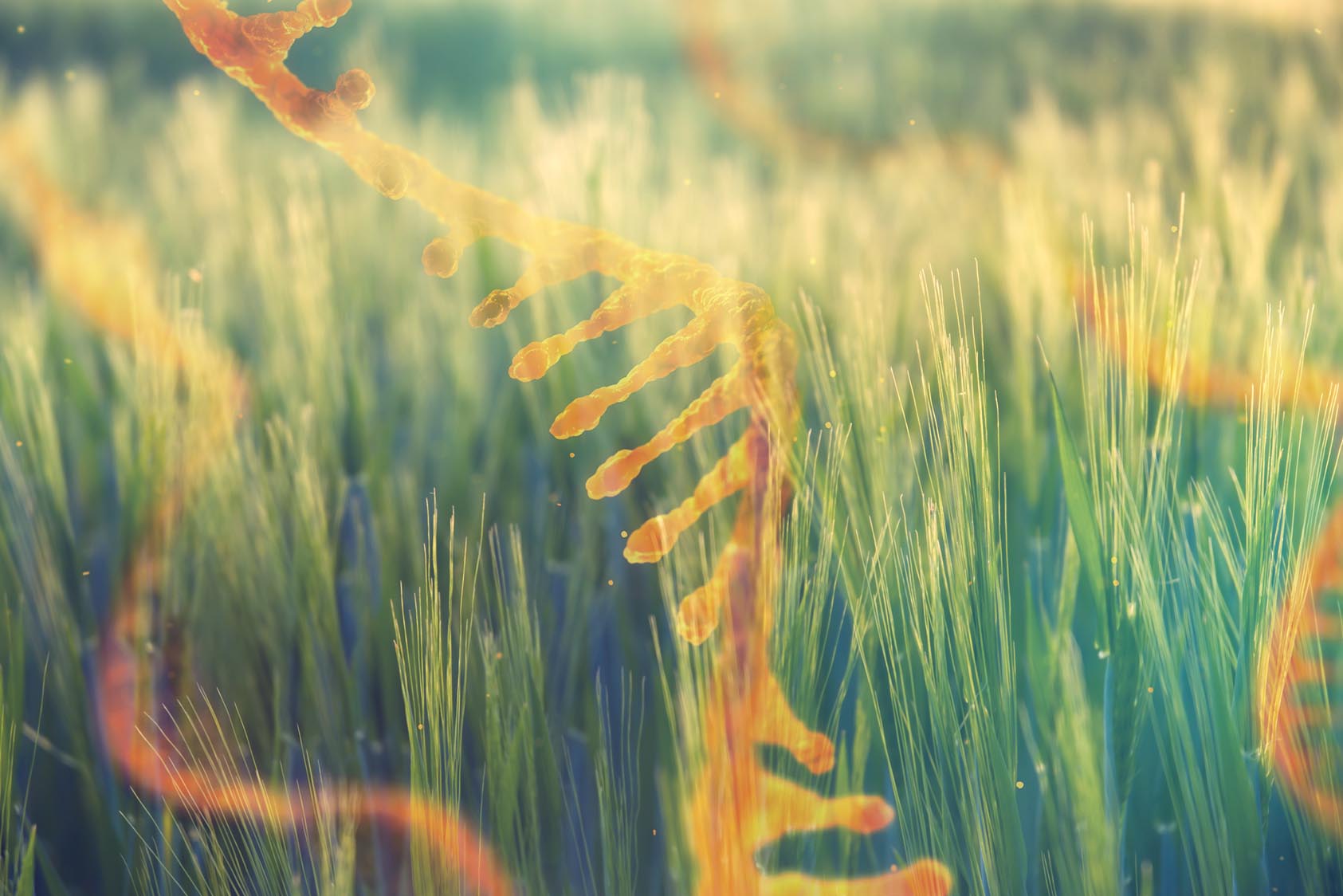-
What is already known on this topic
Diet can change the composition of our gut microbiota, but how food products do so remains unclear. -
What this research adds
RNAs associated with exosome-like nanoparticles (ELNs) from plants such as ginger modulate the gut microbiota composition and ameliorate the symptoms of colitis in mice. -
Conclusions
The study highlights how food-derived ELNs regulate both commensal microbes and host cells, suggesting they could be used to alleviate diseases associated with alterations of the gut microbiota.
Exosome-like nanoparticles (ELNs) derived from plants such as ginger contain RNAs that regulate gut microbiota composition and induce the production of cytokines associated to gut barrier function, alleviating colitis in mice. That’s the conclusion of a study conducted by Yun Teng, Yi Ren, and their colleagues at the University of Louisville, in Kentucky. The researchers reported their findings in the journal Cell Host & Microbe.
Diet can alter the gut microbiota composition, causing a wide range of effects on the host physiology. Edible plants, in particular, are the main energy source for gut microbes, but whether these food products influence the expression of gut bacterial genes is unknown.
Previous studies have shown that ELNs can prevent alcohol-induced liver damage and colitis in mouse models. For this reason, the researchers set out to assess whether ELNs can be taken up by gut bacteria and affect their biology.
RNAs from ginger-derived ELNs shape the gut microbiota
First, the team characterized ginger-derived ELNs (GELNs) based on size distribution, electron microscopy, and gel electrophoresis, which revealed the presence of considerable amounts of small-sized RNAs. Mice that received GELNs showed a change in the composition of their gut microbiota. In particular, the proportion of Lactobacillaceae increased from about 0.25% to nearly 25%. GELN RNAs induced similar changes.
To assess whether gut bacteria take up food ELNs, the researchers tagged GELNs with a fluorescent protein and fed them to mice. Confocal imaging and fluorescence-activated cell sorting analysis showed that the GELNs were taken up by gut microbes, particularly Lactobacillaceae. In vitro cultures of Lactobacillus rhamnosus with GELNs suggested that GELNs directly promote L. rhamnosus growth.
GELNs regulate the expression of bacterial mRNAs and proteins
To explore the mechanism by which bacteria take up ELNs, the researchers used mass spectrometry to look at ELN lipid profiles. GELN-derived lipids were enriched in phosphatidic acids (PAs), particularly 1,2-dilinoleoyl-sn-glycero-3-phosphate and 1-palmitoyl-2-linoleoyl-sn-glycero-3-phosphate. Experiments in which mice were given GELNs with or without PA showed that these lipids contribute to the uptake and accumulation of ELNs in the gut.
Next, the researchers assessed whether GELNs also affect gene expression and protein production in L. rhamnosus. The RNA sequencing and proteomic analyses showed that 398 mRNAs and 149 proteins were increased and 249 mRNAs and 133 proteins were reduced in L. rhamnosus treated with GELNs. In particular, the pilus-specific protein SpaC was downregulated at both the RNA and protein levels, preventing the translocation of L. rhamnosus into gut epithelial cells. The GELN-RNA ath-miR167a seemed to regulate SpaC expression.
GELN-RNAs induce IL-22 expression and inhibit colitis in mice
Mice given GELN-RNAs were more protected against colitis compared to mice given scrambled RNA, which suggests that GELN-RNA has a protective effect. GELN-RNA treatment:
- inhibited the production of the proinflammatory cytokines IL-1β and TNF-α
- triggered the production of IL-22 in colon mucus
- increased the levels of indole-3-carboxaldehyde (I3A) and decreased those of indole-3 acetamide (I3AM) in mice stool
GELN-RNA treatment in germ-free mice failed to induce IL-22 production, suggesting that IL-22 induction was bacteria-dependent.
Further experiments showed that I3A induced expression of IL-22, which is key for the intestinal barrier function.
In summary, GELNs are taken up in a lipid-dependent manner by the gut microbiota, changing its composition. PA-enriched GELNs are preferentially taken up by L. rhamnosus and regulate its growth and gene expression. These RNAs also modulate host physiology by inducing the production of the cytokine IL-22 and alleviating colitis in mice.
These findings suggest a mechanism through which GELNs are taken up by gut bacteria such as L. rhamnosus, and gives a first insight into how food-derived ELNs regulate both gut microbes and host cells.









